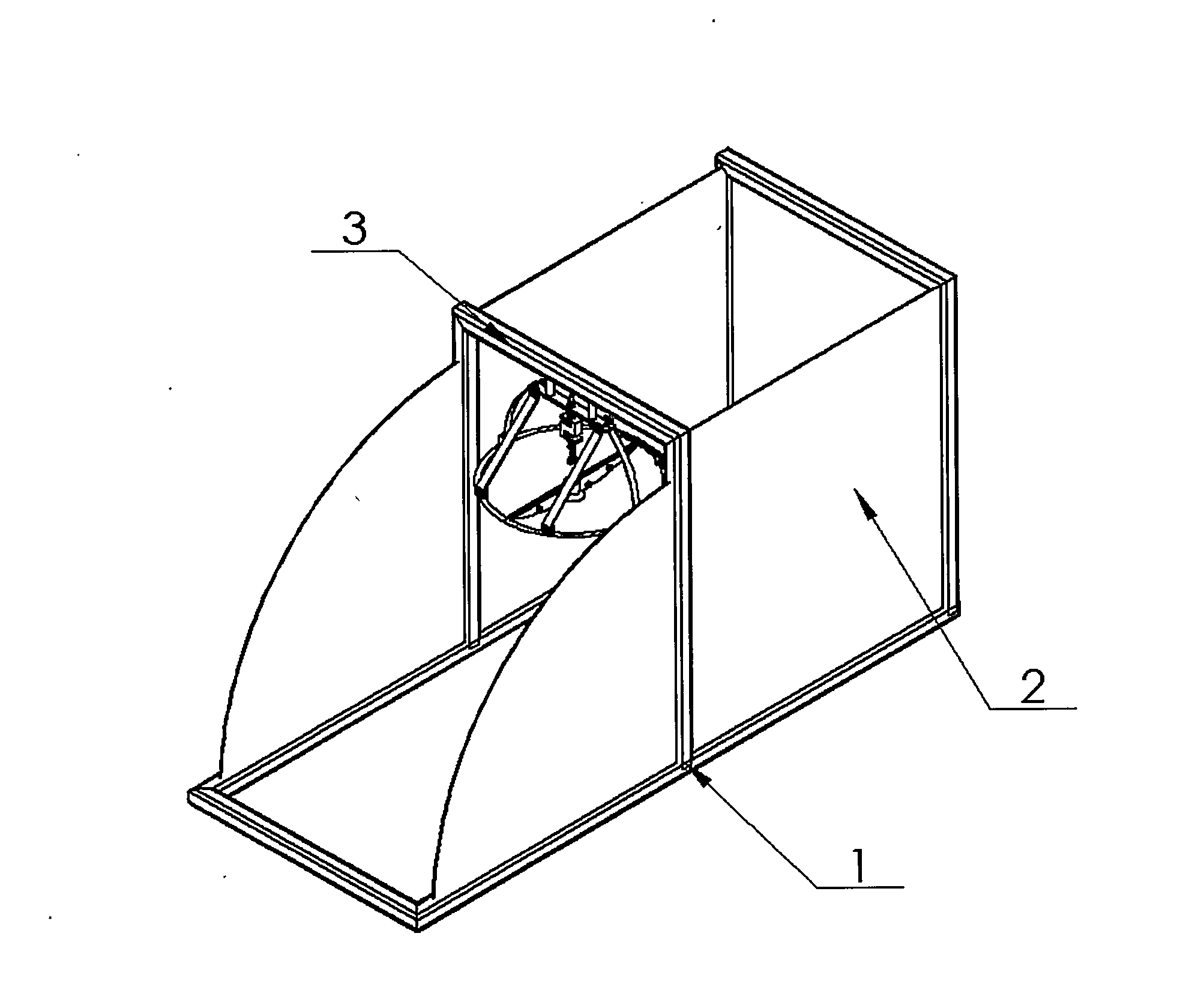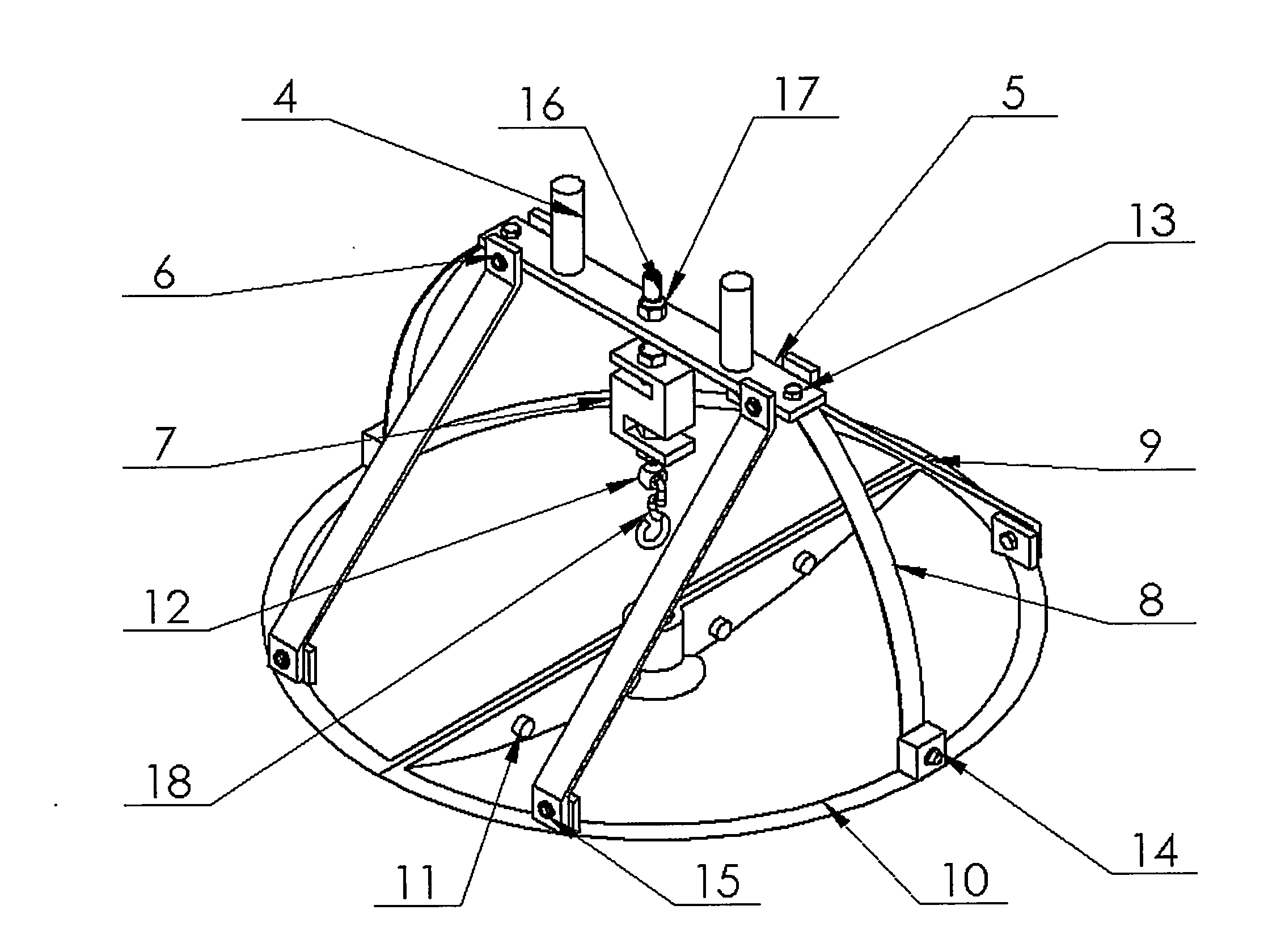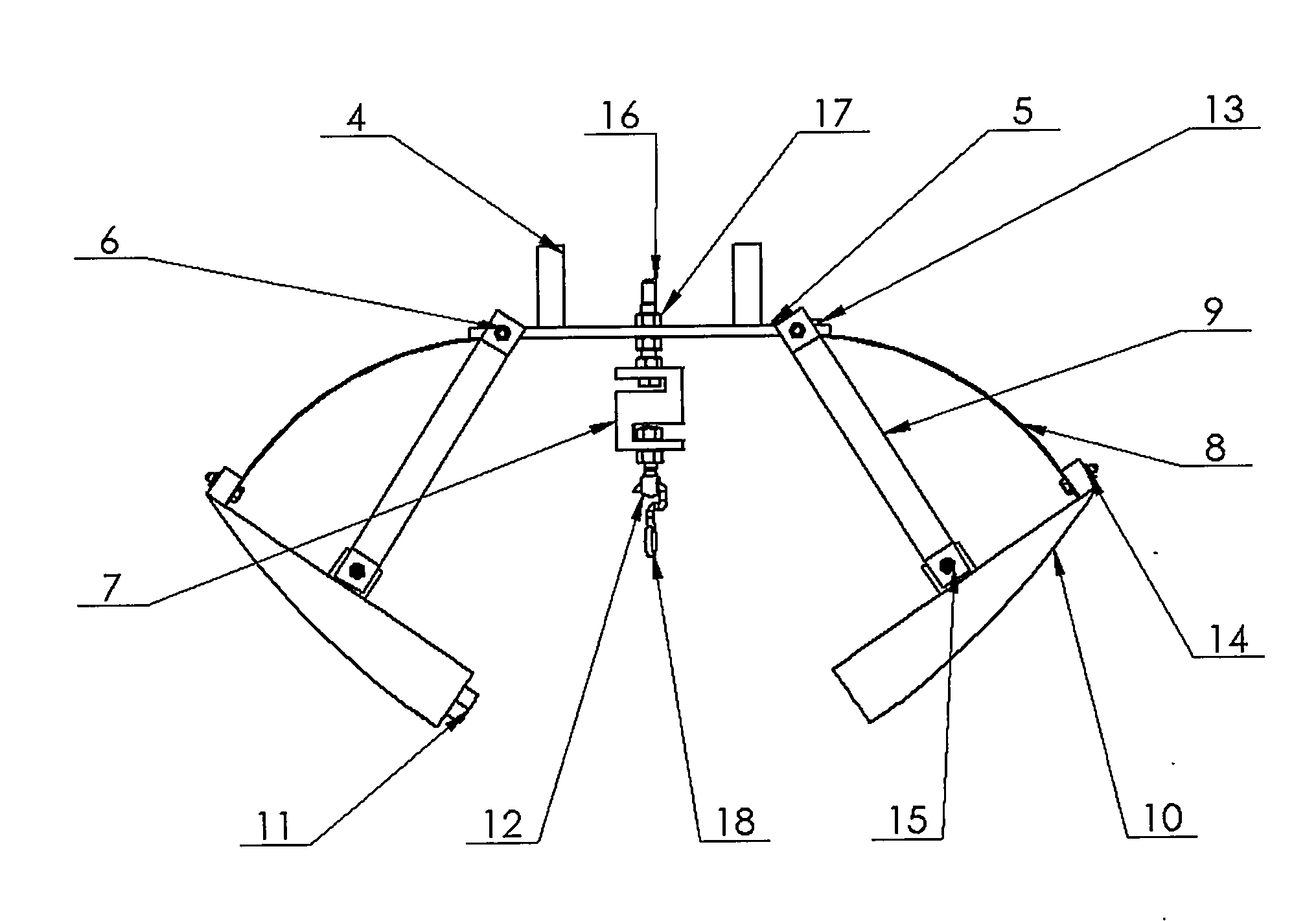Device for preventing climbing on tail in animal tail suspension test
An anti-climbing and tail suspension technology, used in psychological devices, animal restraint devices, medical science, etc., can solve problems such as affecting experimental results and inability to distinguish hanging states.
- Summary
- Abstract
- Description
- Claims
- Application Information
AI Technical Summary
Problems solved by technology
Method used
Image
Examples
Embodiment Construction
[0029] press figure 2 The anti-climbing device for tail suspension test is processed, and the main dimensions are as follows:
[0030] The tail length of a rat is generally 200 mm, and the length of a mouse tail is generally 100 mm. The distance from the hook (12) to the heel is generally 140 mm for rats and 70 mm for mice. The difference between the two is generally 70 mm. As long as the height adjustment range of the screw (16) is greater than 70 mm, such as 80 mm, it can meet the requirements of the tail suspension experiment of rats and mice.
[0031] The length of the main boom (4) is 120 mm, and the length of the screw (16) is 150 mm. The tension meter (7) can be adjusted in the range of 80 mm to meet the requirements of animals with different tail lengths.
[0032] The diameter of the head of a mouse is generally greater than 20 mm, and the diameter of the head of a rat is greater than that of a mouse. During the tail suspension test, the animal cannot pass through the center...
PUM
 Login to View More
Login to View More Abstract
Description
Claims
Application Information
 Login to View More
Login to View More - R&D
- Intellectual Property
- Life Sciences
- Materials
- Tech Scout
- Unparalleled Data Quality
- Higher Quality Content
- 60% Fewer Hallucinations
Browse by: Latest US Patents, China's latest patents, Technical Efficacy Thesaurus, Application Domain, Technology Topic, Popular Technical Reports.
© 2025 PatSnap. All rights reserved.Legal|Privacy policy|Modern Slavery Act Transparency Statement|Sitemap|About US| Contact US: help@patsnap.com



